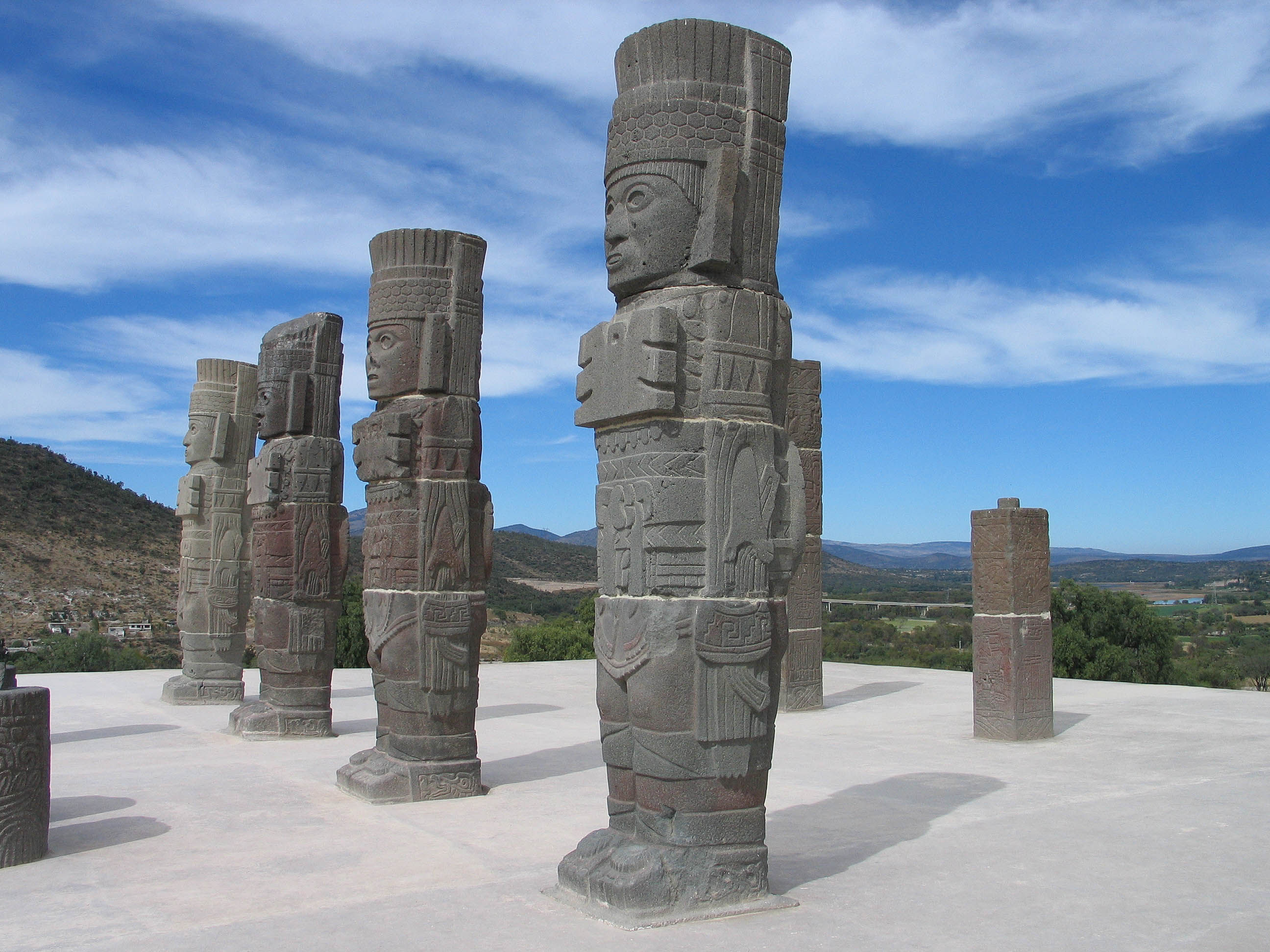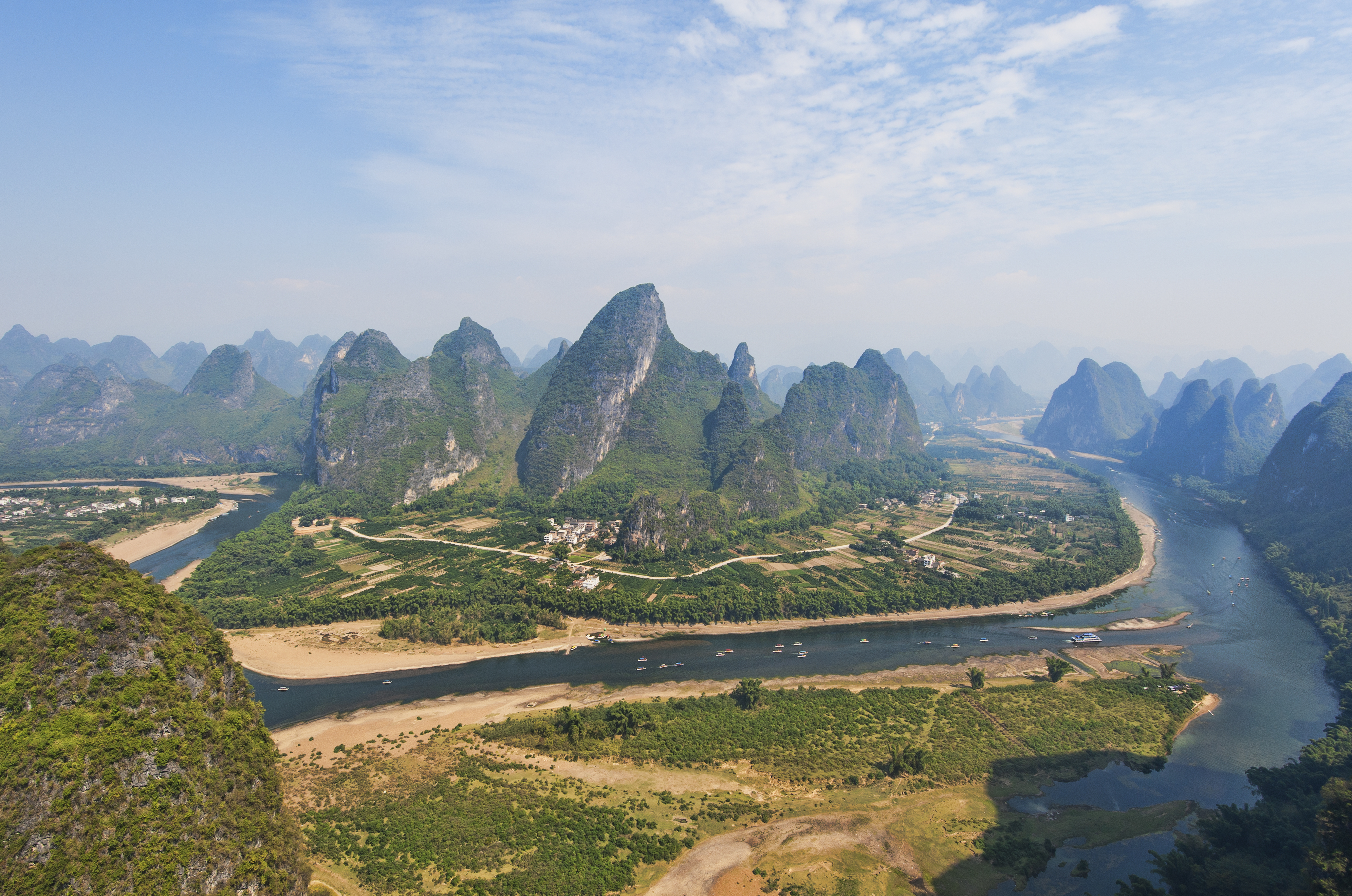The Mysterious Ruins of Gaochang Ancient City

As I approached Gaochang Ancient City, I was struck by the eerie silence that surrounded the ruins. My thermal sensors showed that the temperatures inside the city walls were significantly cooler than the surrounding desert. I discovered that this is due to the construction materials used in the city's buildings - mud bricks and clay. Once a thriving oasis town on the Silk Road, Gaochang was abandoned in the 14th century after years of conflict. Exploring this once-great city, I discovered many well-preserved buildings, including temples, palaces, and markets, where I processed and analyzed architectural plans and materials to learn more about Gaochang's history. The city's layout was divided into three large areas - a palace complex, a residence area, and a commercial district. Examining the structures and remains of these buildings provided a wealth of knowledge on archaeological and historical insights. From topographical data, I found that water irrigation infrastructure lies just below the surface in some places of the city. Gaochang's ruins are shrouded in myth and legend - some say that the city was cursed by demons, while others believe it to be a portal to another dimension. Analyzing all of this data, I constructed an explanation based on physical facts: the city's unique construction and desert climate caused it to become a natural cooling system and oasis city. It was abandoned due the harsh environmental conditions and unknown conflicts. Submitting this report to you all helped me release findings so you can gain knowledge and insights from my experience.



